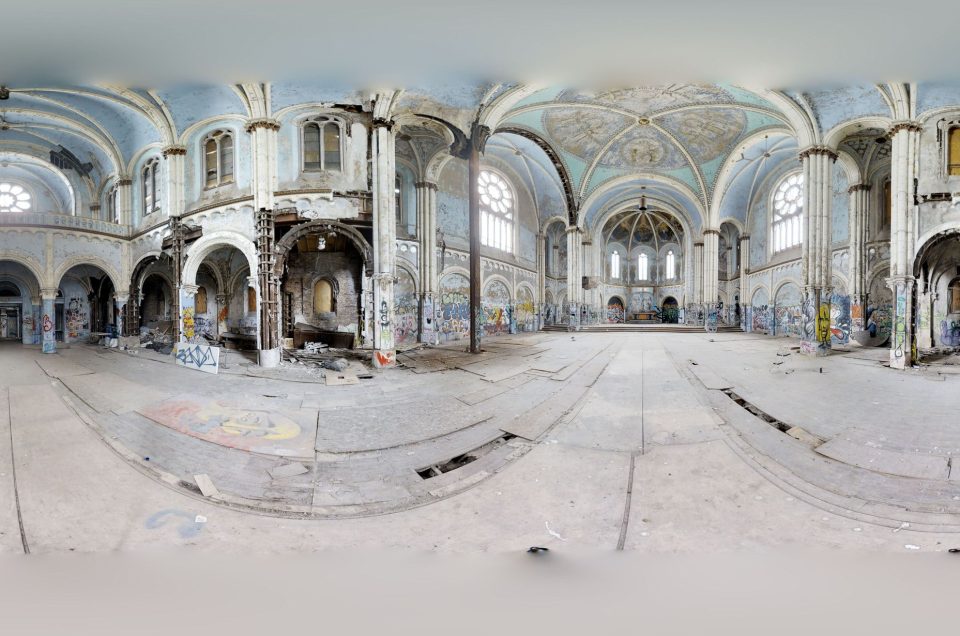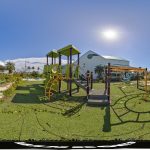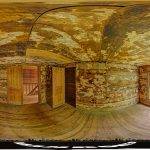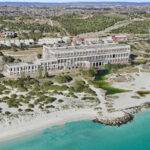The Echoes of Time: Uncovering the Story of the Historic Alabama Capitol in Tuscaloosa
Welcome, urban explorers! Immerse yourselves in a captivating journey through the echoes of history at the Historic Alabama Capitol building, now standing proudly as a unique city park in the heart of Tuscaloosa, Alabama. This magnificent structure invites you to take a comprehensive 360-degree tour, allowing you to absorb every detail of its architectural grandeur and historical significance. As you meander through this landmark, take the opportunity to delve into every nook and cranny, uncovering the secrets and stories that each corner holds. This is more than just a visit; it’s a chance to step back in time and experience the rich tapestry of events that have shaped this iconic location. Take your time, explore at your own pace, and let the aura of the past envelop you in this unforgettable urban exploration adventure.
Image by: Sydney Basden
Image by: Simone Floyd
Image by: Simone Floyd
Introduction
Nestled in the heart of Tuscaloosa lies a site that whispers tales of a bygone era, where political ambitions and architectural beauty collided. The Historic Alabama Capitol in Tuscaloosa, now a shadow of its former glory, stands as a testament to the city’s brief yet impactful stint as Alabama’s state capital. This blog post invites you to explore the history of this fascinating site, a must-visit for history enthusiasts and urban explorers alike.
The Birth of the Capitol
The story of the Tuscaloosa State Capitol begins with its construction, spearheaded by architect William Nichols. Nichols introduced the Greek and Federal architectural styles to Tuscaloosa, transforming it from a region with an agricultural aesthetic to one adorned with Neoclassical influences. The Capitol building, with its impressive three wings united by a common rotunda under a central dome, was not just an architectural marvel but also a symbol of the balanced separation of powers emblematic of American government.
Tuscaloosa’s Era as the State Capital
From 1826 to 1846, Tuscaloosa flourished as Alabama’s state capital. The arrival of the Capitol marked the start of a significant period of growth and change for the city. The population surged, and the city’s design and culture were indelibly influenced by the Capitol and Nichols’ other works, including the original University of Alabama campus. However, as the population gravitated towards southeastern Alabama, Tuscaloosa’s centrality diminished. In 1846, Montgomery was chosen as the new capital due to its proximity to the state’s population center and better connectivity.
The Capitol’s Later Years
Post the capital’s relocation, the Capitol building in Tuscaloosa was granted to the University of Alabama. Although not extensively used by the University, it housed the Alabama Central Female College, starting in 1857. This all-female institution was renowned for its educational excellence. Unfortunately, a fire speculated to be caused by faulty wiring completely destroyed the building in 1923. Following this tragedy, the site saw people salvaging materials from the ruins, and in the 1930s, the remains were preserved, leading to the establishment of Capitol Park.
The Site Today
Capitol Park, located at 2828 6th Street, Tuscaloosa, Alabama, is a poignant reminder of Alabama’s early days. Walking through the park, visitors encounter fragments of the past – shattered columns and remnants of the once-grand rotunda. It’s a haven for photographers and history buffs, offering a unique glimpse into an era of architectural and political significance.
Conclusion
The Historic Alabama Capitol in Tuscaloosa serves as a bridge between the past and present, a place where history’s whispers echo through time. It stands as a symbol of change, resilience, and the transient nature of political power. For those intrigued by the allure of history and the thrill of urban exploration, a visit to this site is a journey back in time, uncovering stories etched in the very fabric of Tuscaloosa’s identity.
If you liked this blog post, you might be interested in learning about the Bamahenge, the Jeff White House in North Carolina or the Randall Park Mall in Ohio.
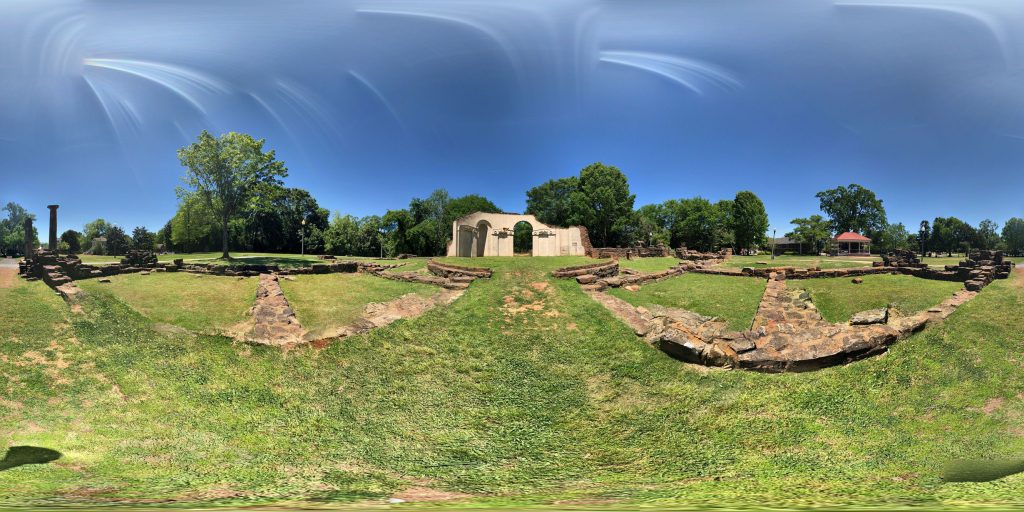
A 360-degree panorama at the Historic Alabama Capitol in Tuscaloosa, Alabama. Image by: Simone Floyd
Do you have 360-degree panoramic images captured in an abandoned location? Send your images to Abandonedin360@gmail.com. If you choose to go out and do some urban exploring in your town, here are some safety tips before you head out on your Urbex adventure.
Unlock the secrets of exploration by diving into precise GPS data available exclusively for an array of hidden gems and hundreds of other captivating sites, all within our members’ section. By investing in a Gold Membership, you’re not just gaining access; you’re securing a key to a vast, global archive of abandoned, untouched, and mysterious locations waiting to be discovered. Embark on your adventure with confidence, knowing every corner of the world can be within your reach. Don’t just observe—explore, discover, and claim the extraordinary journey that lies ahead with our treasure trove of world secrets. Subscribe now and transform the way you see the world!
If you want to start shooting 360-degree panoramic images, you might want to look onto one-click 360-degree action cameras.
Click on a state below and explore the top abandoned places for urban exploring in that state.


